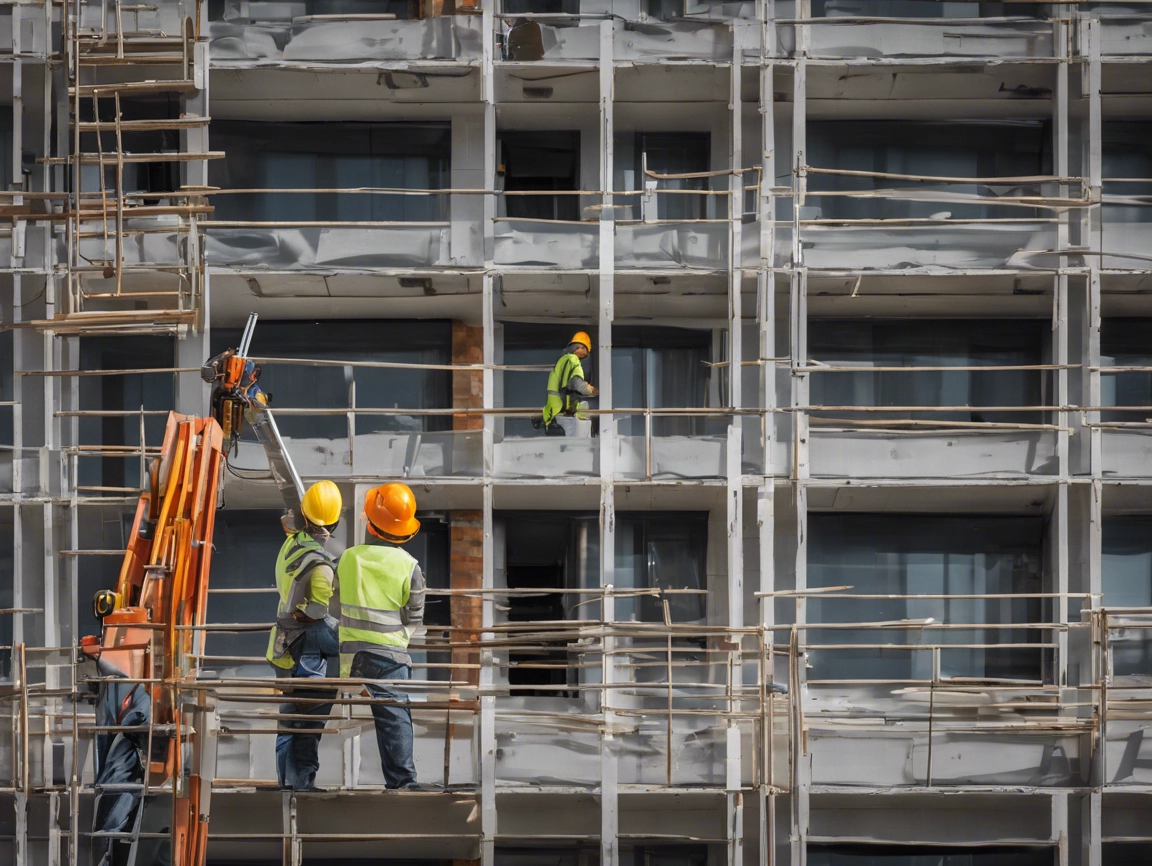Intrusive surveys play a critical role in assessing and remediating building facades, particularly in light of safety concerns related to cladding systems. These surveys involve physically opening up sections of the façade to inspect the underlying materials and systems. This is necessary to determine the extent of any fire risks, structural deficiencies, or other issues. The findings from these surveys directly inform façade remediation projects, especially in the context of cladding safety, post-Grenfell regulations, and compliance with key guidelines such as PAS 9980, EWS1, and overall cladding remediation strategies.
1. Why Intrusive Surveys Are Necessary
Intrusive surveys are vital for:
- Identifying Fire Hazards: These surveys help determine if the materials used in the façade system (e.g., insulation, cladding panels) comply with fire safety regulations.
- Assessing Structural Integrity: By exposing hidden layers, structural engineers can assess whether the fixings, frames, and other components of the façade are in good condition.
- Providing Accurate Data for Remediation: The results of intrusive surveys guide the development of accurate and targeted remediation plans, ensuring that only the necessary repairs are undertaken.
2. Connection to PAS 9980:2022
PAS 9980 is a key document providing guidance on assessing the fire risk of external wall systems. It sets out a risk-based approach for the assessment of fire performance, considering the entire building façade, including materials, installation quality, and fire barriers. Intrusive surveys are essential for this process as they enable professionals to inspect hidden elements of the external wall that might otherwise go unnoticed.
- Role in PAS 9980 Compliance: Intrusive surveys help gather the detailed information needed to evaluate fire risks in accordance with the PAS 9980 guidelines. This information is critical in determining if a building needs remediation and what level of risk the façade poses.
- Assessment Criteria: Through intrusive surveys, experts can assess factors such as the combustibility of materials, the presence and effectiveness of fire breaks, and whether there are any gaps in the insulation.
3. EWS1 Form
The External Wall System (EWS1) form was introduced in the wake of the Grenfell Tower fire to ensure that external wall systems, particularly those involving cladding, were properly assessed for fire safety.
- Role of Intrusive Surveys in EWS1: An EWS1 form requires a thorough investigation of the building’s external wall system, especially for buildings over 18 meters or those with a complex external wall system. Intrusive surveys provide the necessary evidence to support the completion of an EWS1 form, ensuring that the surveyor can make an informed judgment about the safety of the cladding.
- Building Certification: The results of the intrusive survey directly influence whether the building can obtain an EWS1 certification. A high-risk building may require significant remediation to reduce fire risk, as determined by the survey findings.
4. Cladding Remediation
Intrusive surveys are the foundation of any cladding remediation project. Post-survey, the findings inform:
- Scope of Work: Based on what is uncovered, remediation work may involve removing and replacing unsafe cladding materials, installing fire barriers, or repairing structural elements.
- Material Selection: The surveys help determine whether non-compliant materials like Aluminium Composite Material (ACM) cladding or combustible insulation need to be replaced with non-combustible alternatives.
- Safety Prioritization: Buildings identified as high risk through the survey process are prioritized for remediation work. Intrusive surveys ensure that remediation efforts are targeted and focused on areas that present the highest risk to occupants.
Conclusion
Intrusive surveys are an essential component in the process of assessing and remediating façade systems, particularly in the wake of heightened concerns about fire safety and cladding after the Grenfell Tower disaster. They provide the detailed, accurate information needed for compliance with PAS 9980, the completion of EWS1 forms, and the development of effective cladding remediation strategies. Without intrusive surveys, it would be impossible to fully assess hidden risks in a building’s façade, making them indispensable in ensuring the safety of high-rise buildings and other structures with complex external wall systems.




